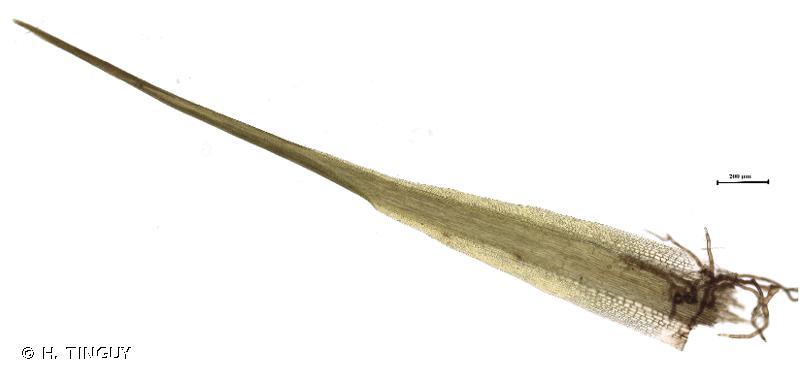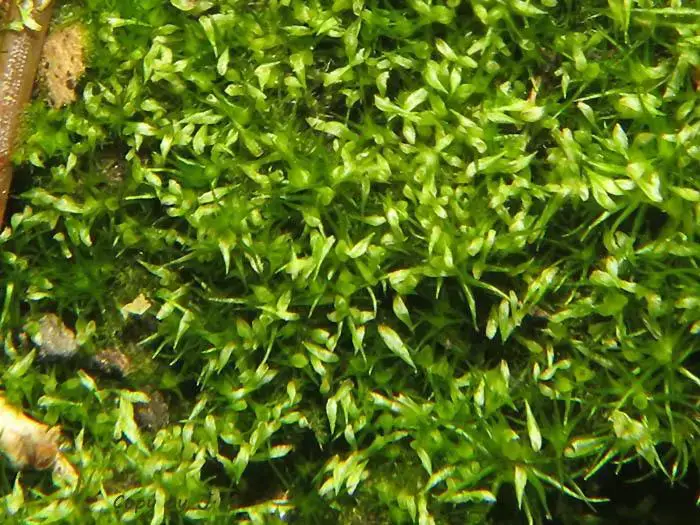The-terrestrial-bryophyte-Campylopus-pyriformis-Schultz-Brid-A-Visualized-through.ppm from: https://www.researchgate.net/figure/The-terrestrial-bryophyte-Campylopus-pyriformis-Schultz-Brid-A-Visualized-through_fig5_337188049
Introduction
The world of bryophytes, or non-vascular plants, is a fascinating one, and among its many wonders is the

240962.jpg from: https://inpn.mnhn.fr/espece/cd_nom/4424

824602.jpg from: https://www.bio-forum.pl/messages/3280/824600.html
Campylopus pyriformis (Schultz) Brid. moss. This unassuming yet remarkable plant belongs to the Leucobryaceae family and is commonly known as Campylopus. Despite its small size, this moss plays a crucial role in various ecosystems and has captured the interest of enthusiasts worldwide.
Background
Before delving into the intricacies of Campylopus pyriformis, it’s essential to understand the broader context of bryophytes. These ancient plants, which include mosses, liverworts, and hornworts, are among the oldest land plants on Earth. They have been around for over 400 million years and have adapted to thrive in a wide range of habitats, from the Arctic tundra to tropical rainforests.
Main Content
Morphology and Identification
Campylopus pyriformis is a small, acrocarpous moss that forms dense tufts or cushions. Its leaves are narrow, lance-shaped, and often curved or twisted when dry. The distinctive feature that sets this moss apart is its pyriform (pear-shaped) capsule, which gives it its species name. The capsule is inclined or horizontal, and its lid (operculum) is long and curved, resembling a beak.
397 from: https://biodiversite.cevennes-parcnational.fr/espece/4424
Global Distribution and Habitat
This moss has a widespread distribution, occurring on every continent except Antarctica. It thrives in a variety of habitats, including forests, heathlands, bogs, and even disturbed areas like roadsides and abandoned fields. Campylopus pyriformis is particularly well-adapted to acidic soils and can often be found growing on decaying logs, stumps, and soil banks.
Ecological Roles and Adaptations
Despite its diminutive size, Campylopus pyriformis plays a vital role in its ecosystems. As a pioneer species, it helps stabilize and enrich soils, creating favorable conditions for other plants to establish themselves. Additionally, this moss provides a microhabitat for various invertebrates, fungi, and other microorganisms, contributing to biodiversity.
One of the remarkable adaptations of Campylopus pyriformis is its ability to withstand desiccation. During dry periods, the moss can curl up and enter a dormant state, only to revive and resume growth when moisture returns. This resilience allows it to thrive in environments with fluctuating moisture levels.
Case Studies/Examples
In the Pacific Northwest of North America, Campylopus pyriformis is a common sight in coniferous forests, where it forms vibrant green carpets on decaying logs and stumps. Its presence is often an indicator of a healthy, undisturbed ecosystem.
In the United Kingdom, this moss has been the subject of numerous studies, particularly in relation to its role in peatland ecosystems. Researchers have found that Campylopus pyriformis plays a crucial role in the formation and maintenance of these unique habitats, which are important carbon sinks and biodiversity hotspots.
Technical Table
| Characteristic | Description |
|---|---|
| Phylum | Bryophyta |
| Class | Bryopsida |
| Order | Dicranales |
| Family | Leucobryaceae |
| Genus | Campylopus |
| Species | C. pyriformis (Schultz) Brid. |
| Common Name | Campylopus |
| Growth Form | Acrocarpous moss, forming dense tufts or cushions |
| Leaf Shape | Narrow, lance-shaped, often curved or twisted when dry |
| Capsule Shape | Pyriform (pear-shaped), inclined or horizontal |
| Operculum | Long and curved, resembling a beak |
Conclusion
The Campylopus pyriformis (Schultz) Brid. moss, or simply Campylopus, may be small in stature, but its impact on the natural world is profound. From stabilizing soils to providing microhabitats, this resilient bryophyte plays a vital role in maintaining the delicate balance of ecosystems worldwide. As you explore the great outdoors, take a moment to appreciate the unassuming beauty and ecological significance of this remarkable moss. Who knows what other wonders of the bryophyte world await your discovery?